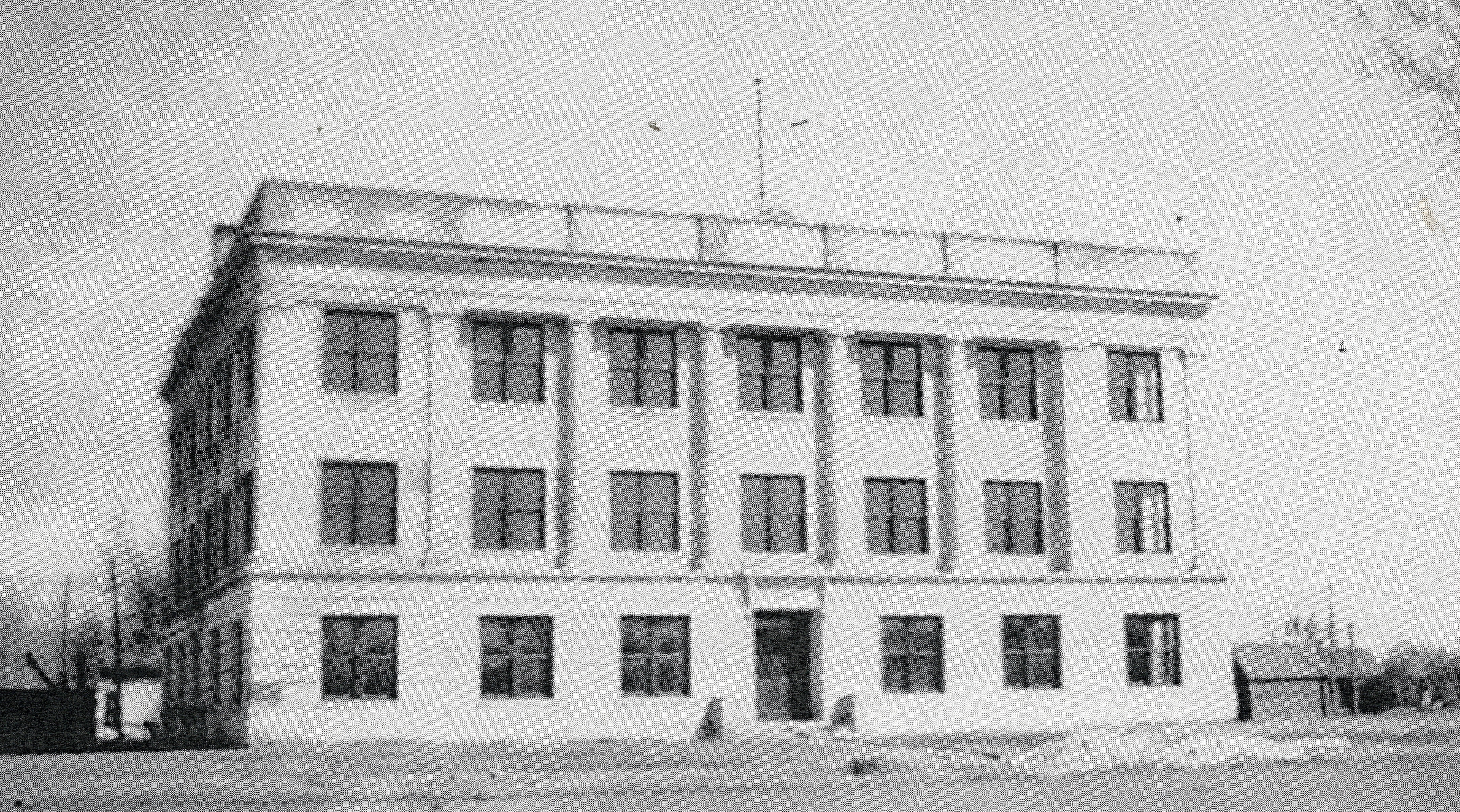Alfalfa County
Alfalfa County was formed at statehood in 1907 from Woods County. The county is named after William H. "Alfalfa Bill" Murray, the president of the Oklahoma Constitutional Convention and ninth governor of Oklahoma. He was instrumental creating the county from the original, much larger Woods county.

Indigenous peoples inhabited and hunted in this area for thousands of years. By 1750, the Osage had become a dominant tribe in the area. About one third belonged to the band led by Chief Black Dog (Manka - Chonka). Before 1800 they made the Black Dog Trail starting east of Baxter Springs, Kansas and heading southwest to their summer hunting grounds at the Great Salt Plains in present-day Alfalfa County. The Osage stopped at the springs, which attracted migratory birds and varieties of wildlife, for its healing properties on their way to hunting on the plains. The Osage name for this fork of the Arkansas River was Nescatunga (big salt water), what European-Americans later called the Salt Fork. The Osage cleared the trail of brush and large rocks, and made ramps at the fords. Wide enough for eight men riding horses abreast, the trail was the first improved road in Kansas and Oklahoma. More info...
What is County Government?
Counties are one of America's oldest forms of government, dating back to 1634 when the first county governments were established in Virginia. Ever since, county governments continue to evolve and adapt to changing responsibilities, environments and populations. Today, America's 3,069 county governments invest nearly $500 billion each year in local services and infrastructure and employ more than 3.3 million people. Most importantly, county governments are focused on the fundamental building blocks for healthy, safe, resilient and vibrant communities:
- Maintain public records and coordinate elections
- Support and maintain public infrastructure, transportation and economic development assets
- Provide vital justice, law enforcement and public safety services
- Protect the public's health and well-being, and
- Implement a broad array of federal, state and local programs
No two counties are exactly the same. County governments are diverse in the ways we are structured and how we deliver services to our communities. The basic roles and responsibilities of our county governments are established by the states, including our legal, financial, program and policy authorities. Under "Dillon" rules, counties can only carry out duties and services specifically authorized by the state. Meanwhile, home rule or charter counties have more flexibility and authority.
In general, county governments are governed by a policy board of elected officials (often called county board, commission or council). Nationally, more than 19,300 individuals serve as elected county board members and elected executives. In addition, most counties also have a series of row officers or constitutional officers that are elected to serve, such as sheriffs, clerks, treasurers, auditors, public defenders, district attorneys and coroners.
With permission. Original Source Oklahoma State University, County Training Program

Indigenous peoples inhabited and hunted in this area for thousands of years. By 1750, the Osage had become a dominant tribe in the area. About one third belonged to the band led by Chief Black Dog (Manka - Chonka). Before 1800 they made the Black Dog Trail starting east of Baxter Springs, Kansas and heading southwest to their summer hunting grounds at the Great Salt Plains in present-day Alfalfa County. The Osage stopped at the springs, which attracted migratory birds and varieties of wildlife, for its healing properties on their way to hunting on the plains. The Osage name for this fork of the Arkansas River was Nescatunga (big salt water), what European-Americans later called the Salt Fork. The Osage cleared the trail of brush and large rocks, and made ramps at the fords. Wide enough for eight men riding horses abreast, the trail was the first improved road in Kansas and Oklahoma. More info...